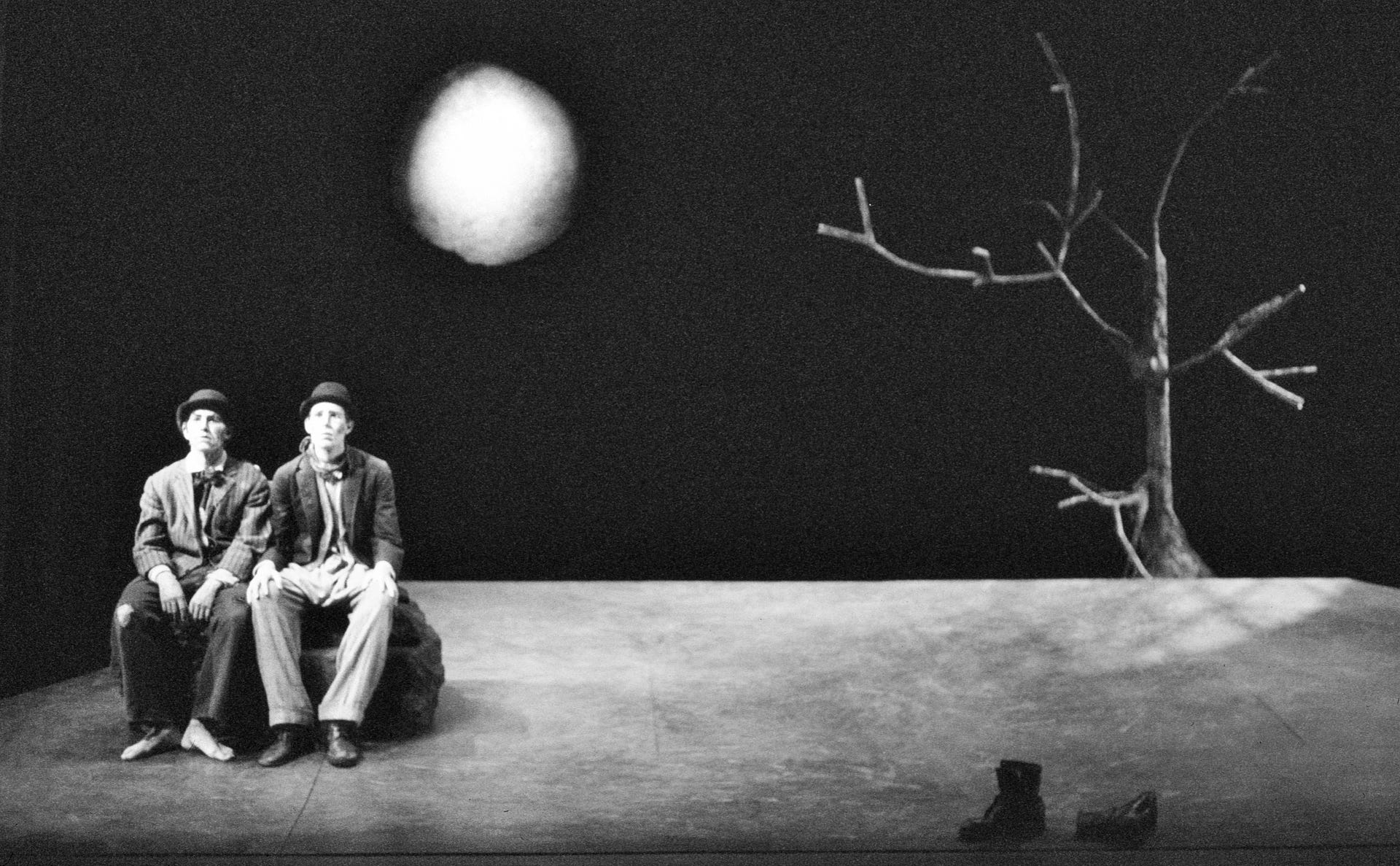Theatre Practitioners: Theatre of the Absurd
Background:
There are no specific practitioners for this movement as it was a short-lived yet significant theatrical element. Theatre of the Absurd was largely based on the philosophy of existentialism and absurdum which was implemented by a small number of European playwrights, flourishing in France, Germany and England (as well as Scandinavian countries) from the 1950's to the late 1980's. Some common elements included:
There are no specific practitioners for this movement as it was a short-lived yet significant theatrical element. Theatre of the Absurd was largely based on the philosophy of existentialism and absurdum which was implemented by a small number of European playwrights, flourishing in France, Germany and England (as well as Scandinavian countries) from the 1950's to the late 1980's. Some common elements included:
- Illogical plots
- Without purpose
- Out of harmony
- Useless
- Devoid of reason
- Meaningless
- Hopeless
- Chaotic
- Lacking order
- Uncertain

- Anti-realist
- Going against the accepted norms of conventional theatre
- "Anti-theatre"
- Often characterized by a deliberate absence of the cause and effect relationship between scenes
- Non-linear plot developments
- Deliberate lack of conflict
- Occasionally appearing as though there is no plot at all to speak of
- mixture of realistic and non-realistic
- elements of circus, vaudeville and acrobatics
- ritualistic
- slow
- illogical
- repetitive
- action sometimes defies logic or easy understanding
- one extreme to the other without notice
- often sombre and serious, then highly comical
- both presentational and representational modes of acting
- sometimes stereotypical
- often an absence of character development
- absurd characters lack the motivation found in characters of realistic dramas, highlighting their purposelessness
- time, place and identity are frequently blurred with characters often unsure about who or where they are
- characters are often out of harmony or out of sync with the world in which they live
- language was devalued as a communication tool (unreliable and distrusted)
- often illogical
- sometimes telegraphic and clipped
- long pauses
- clichéd
- repetitive
- rhythmical
- frequent use of silence
- monotone
- slow dialogue sometimes accompanied by a frenzied, fast-paced monologue (extremes)
- The Maids by Jean Genet (1947)
- The Bald Soprano by Eugene Ionesco (1950)
- Ping-Pong by Arthur Adamov (1955)
- Waiting for Godot by Samuel Beckett (1953)
The death of Beckett was said to be the end of this movement, however this play still lives on and it is about two men, Vladimir and Estragon, meeting near a tree. They converse on various topics and reveal that they are waiting there for a man named Godot. As several days pass by and Godot never shows the sheer emptiness and randomness of the plot causes the audience (or reader) to wonder if anything is going to happen, and whether there is any meaning to anything in the play—or in life. The Three Big Existentialist pop up during the play to remind the audience that they in-fact have a lot in common with the actors. But the similarities don't stop there. Dive right in and wait for Godot alongside Didi and Gogo and you'll end up taking a long, hard, hilarious, absurd, ridiculous, depressing, and thought-provoking look in the mirror.
Excellent information that will serve as a useful basis for your research if you decide to study this genre further, well done.
ReplyDelete